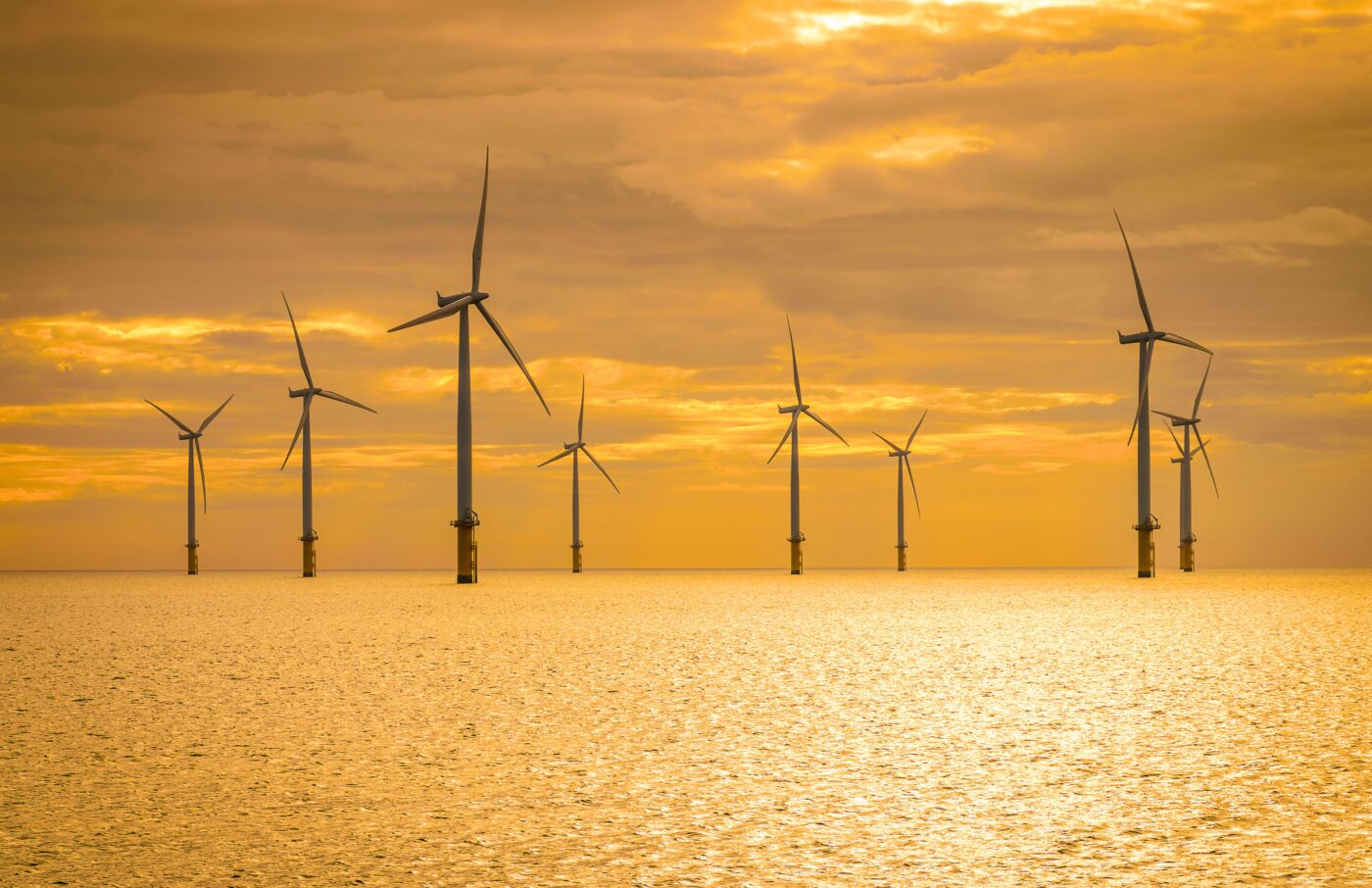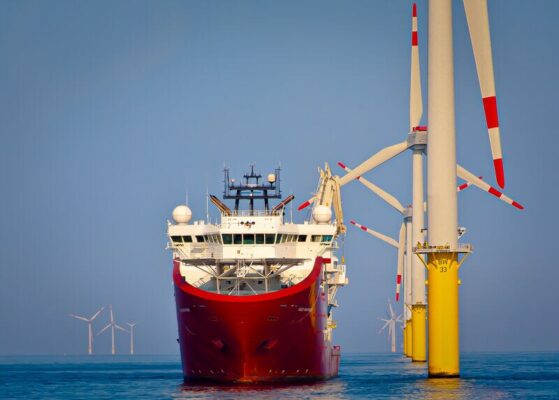In the early 2000s, the UK’s offshore wind industry was modest at best, generating a mere 2 MW using small onshore turbines placed at sea. Two decades later, it has morphed into a colossus, boasting 13.8 GW of installed capacity, enough to power over 10 million homes. Though China overtook the UK in 2021 in terms of installed capacity, Britain’s prowess in offshore wind technology, innovation, and project management remains unparalleled.
The cost revolution
Remarkably, the cost of generating wind power offshore in the UK has seen a dramatic decrease, dropping by over 70% since 2015. This plummeted from £119.89 to £37.35 per MWh, thanks to the UK’s innovative Contracts for Difference allocation round — a market-driven competitive auction system that ensured cost-effective procurement of renewable energy.
Government and geographical advantage
Government policies, alongside favorable geography, have supercharged the UK’s offshore wind sector. The country’s coastline along the North Sea is relatively shallow, making construction easier and thus attracting numerous companies to invest in the sector. However, not all has been smooth sailing; for instance, General Electric’s planned turbine factory in Teesside did not materialize due to volume constraints, forcing turbines to be imported from France. In contrast, South Korean firm SEAH has initiated a £400 million factory in Teesside, highlighting the sector’s appeal.
Economic and employment benefits
The gains from the offshore wind sector extend beyond merely environmental considerations. By 2030, the sector is projected to employ over 61,000 people, focusing on regions like Grimsby, Hull, and Teesside where economic development is a priority. Projects like Hornsea 2, the world’s largest offshore wind farm, are not just engineering marvels but also employment generators.
Towards a sustainable future
The UK has set ambitious goals for offshore wind, aiming for 50 GW by 2030, including 5 GW from floating offshore wind farms. The sector is slated to play a key role in decarbonizing the UK’s power grid by 2035 and achieving net-zero emissions by 2050. Prime Minister Rishi Sunak has reaffirmed the country’s commitment to lead the world in renewable energy, emphasizing the crucial role that offshore wind will play in this mission.



